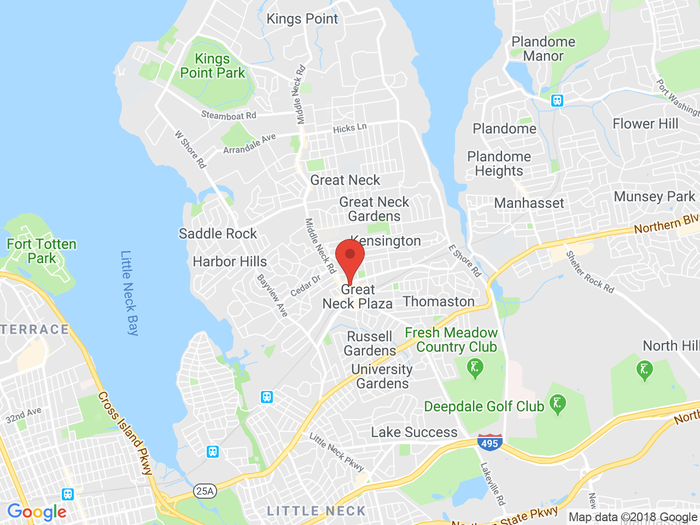Blog
Dentist Vocabulary 101
The medical field can have a reputation for using way too much jargon. This jargon and confusing terms can alienate patients, leaving them confused and intimidated. So, for this week, we decided it would be best to serve you by going over some common Dentist jargon and terminology. This way, you can talk about your next dental procedure with confidence. To organize these terms by broader categories, the vocabulary will be categorized by type of procedure - cosmetic or restorative, for example.
Cosmetic Dentistry Vocabulary
Before we get into the various terms in cosmetic dentistry, let's just make sure we all know what cosmetic dentistry is. Cosmetic dentistry is the practice of improving the appearance of a patient's teeth, bite, and smile. In order to have a cosmetic dentistry procedure done, a patient does not need to have anything wrong with the function of their teeth.
Teeth Whitening
This is a term you might hear dentists and friends talk about. Thankfully, the name of the procedure all but gives it away. Teeth whitening is the process of removing stains and discoloration from a patient's teeth. At Great Neck Dental Care, the process takes about two weeks - in which the patient takes an at-home kit to administer the whitening procedure.
Dental Bonding
Dental bonding is the process of sealing together any cracks or chips in the teeth. The white putty is added to the affected area, thus concealing a crack or filling in a chipped tooth. Dental bonding is a minimally invasive procedure.
Porcelain Veneers
Porcelain veneers serve a similar function to dental bonding: to conceal minor chips, cracks, stains, or misalignments in the teeth. The porcelain mimics the appearance of the patient's enamel, so there is no need to worry about the porcelain being noticeable.
Restorative Dentistry
Restorative dentistry, like cosmetic dentistry, can help improve the appearance of a patient's teeth. However, the primary goal of restorative dentistry is not just to improve the appearance of the patient's teeth but to improve the teeth's functionality and reduce pain. To find a dentist for restorative dentistry, you might want to search on google "orthodontist near me."
Dental Crowns & Bridges
In the event that there is a missing tooth, and an implant is not an option or preference, then dental crowns and bridges are a good option. Dental bridges are also used for teeth that are severely damaged. By anchoring to the connecting teeth, the bridge and crowns can significantly improve an affected tooth's functionality and structural integrity.
Dental Implants
If dental crowns and bridges are not a viable option, then dental implants might be used. From the patient's perspective, one of the most salient differences between bridges and implants is that implants require surgery, which, in the case of implants, is an involved process that takes a few different procedures to complete.
The medical jargon that a doctor or a dentist might use can be intimidating. Whether you are looking for an "orthodontist near me" or a cosmetic dentist, having a basic understanding of the terminology is essential. Hopefully, this list will provide you with some more background information, so you can be more confident next time you see your dentist. However, the most crucial information you can take from this blog is always to ask your dentist questions. A good dentist, like Dr. Julie Liberman, takes the time to carefully explain and answer any questions regarding the procedures that her patients will be undertaking.
Contact Us
Never been happier with a dentist before! The professionalism, individual care, sparkling clean office, and the range of services are amazing. Highly recommended!

